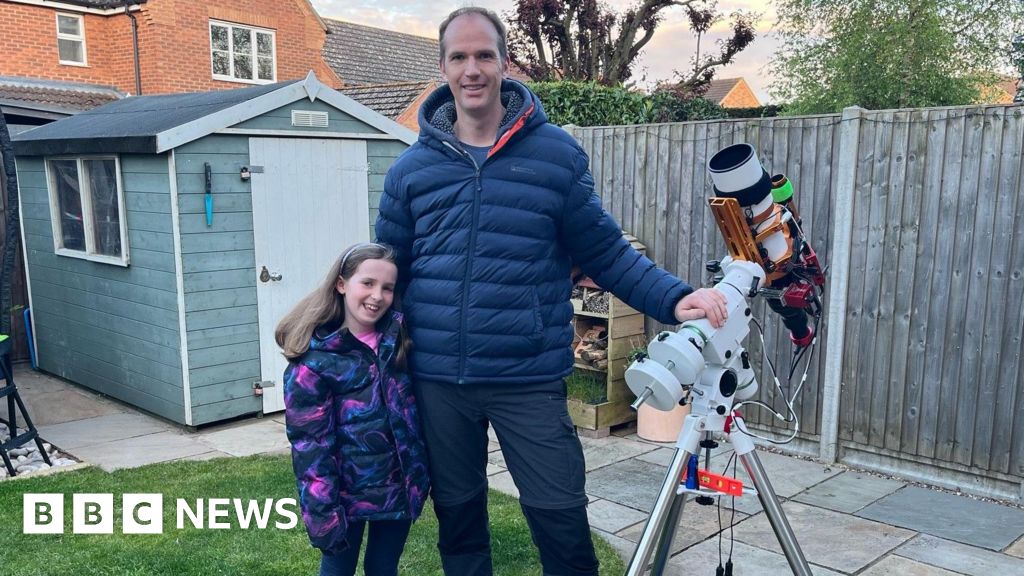WASHINGTON, Nov 1 (Reuters) – The Federal Reserve held interest rates steady on Wednesday but left the door open to a further increase in borrowing costs in a policy statement that acknowledged the U.S. economy’s surprising strength but also nodded to the tighter financial conditions faced by businesses and households.
“Economic activity expanded at a strong pace in the third quarter,” the U.S. central bank said in a statement after a two-day meeting in which officials unanimously agreed to leave the benchmark overnight interest rate in the 5.25%-5.50% range where it has been since July.
The language marked an upgrade to the “solid pace” of activity the Fed saw as of its September meeting, and followed on recent data that showed U.S. gross domestic product grew at a 4.9% annual rate in the third quarter.
U.S. stocks were trading higher after the release of the policy statement while the U.S. dollar (.DXY) pared gains against a basket of currencies. U.S. Treasury yields fell. Traders of short-term U.S. interest rates added to bets the Fed is done raising its policy rate and will start cutting rates by June of next year.
“The statement leans to the dovish side,” said Peter Cardillo, chief market economist at Spartan Capital Securities. “The fact that they left rates unchanged for the second time in a row suggests the Fed might leave rates unchanged in December. And if they do, that means the Fed is done.”
Though markets think the Fed’s rate-hiking campaign may be finished, with financial conditions tightening on their own through higher market-based interest rates, data pointing to a stronger-than-expected economy and labor market have kept the prospect of another hike on the table.
The Fed’s latest statement noted that with job gains still “strong” and inflation still “elevated,” the central bank continues to consider “the extent of additional policy firming that may be appropriate to return inflation to 2% over time.”
FOCUS ON POWELL
[1/7]Federal Reserve Board Chairman Jerome Powell holds a press conference following a closed two-day meeting of the Federal Open Market Committee on interest rate policy at the Federal Reserve in Washington, U.S., November 1, 2023. REUTERS/Kevin Lamarque Acquire Licensing Rights
Asked about the degree to which rising bond yields were supplanting the need for additional rate hikes, Fed Chair Jerome Powell said such open-market borrowing costs would need to be sustainably higher for that to bear on the central bank’s future monetary policy decisions.
Tighter financial conditions could affect Fed actions if they are persistent and it “remains to be seen” if that will be the case, Powell said at a press conference following the release of the policy statement.
But, he added, higher Treasury market yields “are showing through” to real-world borrowing costs.
Yields on longer-dated Treasury securities have climbed by around 1 percentage point since the Fed’s last rate increase in July, even as the central bank’s policy rate has remained unchanged since then.
The policy statement itself has become increasingly spare as officials have become less certain about their next move, balancing a sluggish but continuing fall in inflation against a sense the economy is likely to slow in coming months, and concern that pushing too much harder with rate increases could cause it to slow more than needed.
The statement issued on Wednesday said the Fed was still watching the developing impact of its past rate hikes as it mulled further action, cognizant of “the lags with which monetary policy affects economic activity and inflation, and economic and financial developments.”
The phrase has been used to indicate a degree of patience in deciding on further rate increases, and an acknowledgement that the full impact of the 5.25 percentage points in rate hikes since March of 2022 has yet to be felt.
Adding to the possible pressure is a rise in market-based interest rates that could further dampen economic growth.
The statement nodded to that possible impact, adding a reference to tighter financial conditions as one of the factors “likely to weigh on economic activity,” with still uncertain effects.
Reporting by Howard Schneider; Editing by Paul Simao
Our Standards: The Thomson Reuters Trust Principles.

Jessica Roberts is a seasoned business writer who deciphers the intricacies of the corporate world. With a focus on finance and entrepreneurship, she provides readers with valuable insights into market trends, startup innovations, and economic developments.

/cloudfront-us-east-2.images.arcpublishing.com/reuters/JU3FLGQVBJPS5JAOMAUS67WNGA.jpg)




/cdn.vox-cdn.com/uploads/chorus_asset/file/22679352/windows11main.jpg)
